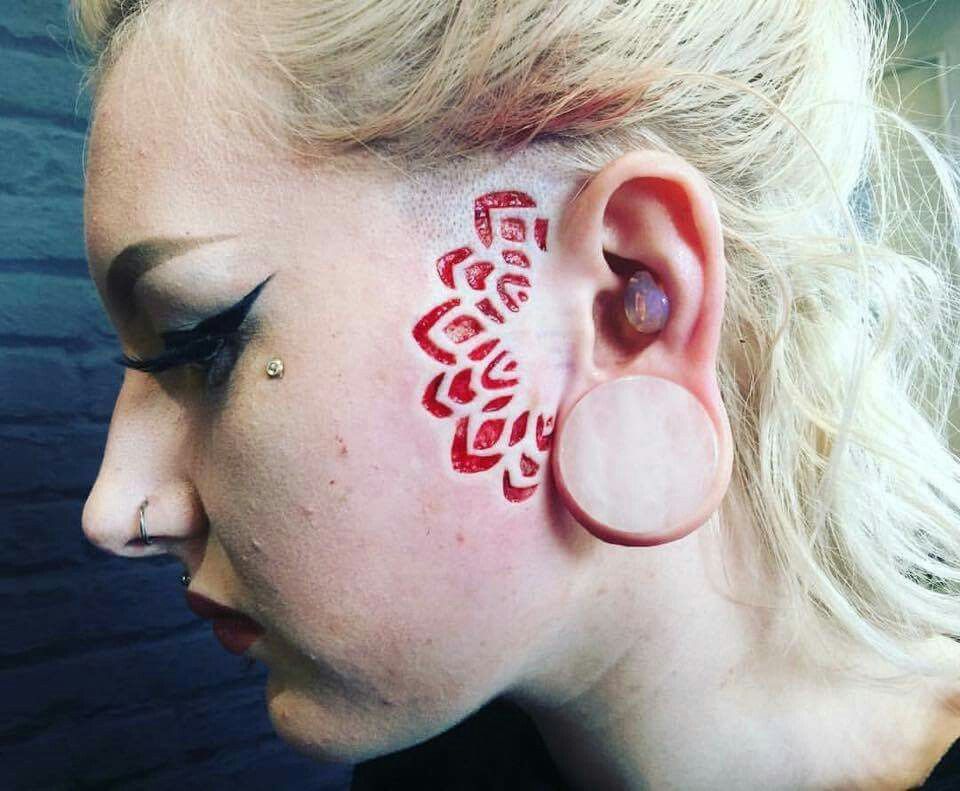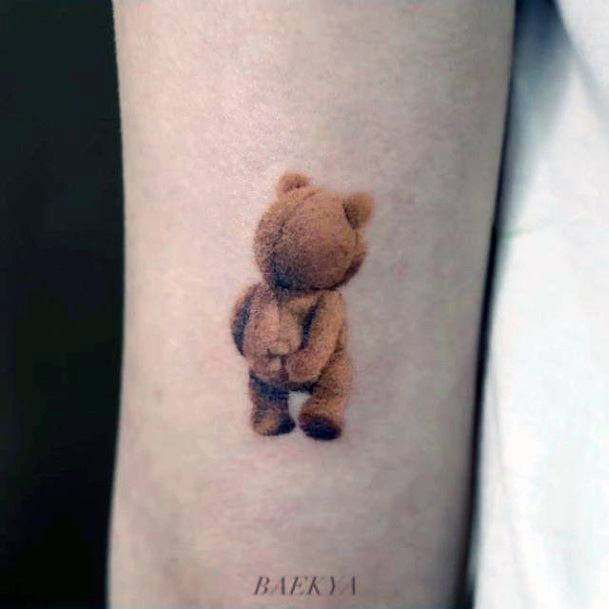Face Scarification Designs

Introduction to Face Scarification Designs

Face scarification designs have been a part of various cultures and traditions for centuries, serving as a means of expression, identity, and beauty. These designs, which involve intentionally creating scars on the skin, can be found in different forms and patterns across the globe. From the intricate patterns of African tribes to the symbolic markings of some Asian cultures, face scarification designs are not only aesthetically unique but also carry deep cultural and personal significance. In this article, we will delve into the world of face scarification designs, exploring their history, cultural context, and the various techniques and designs involved.
History and Cultural Context of Face Scarification

The history of face scarification is as diverse as the cultures that practice it. In some African societies, scarification is a rite of passage, marking an individual’s transition from one stage of life to another. For example, in the Karo tribe of Ethiopia, men and women wear scarification patterns as a symbol of beauty and strength. Similarly, in some Aboriginal Australian cultures, scarification is used to signify spiritual and cultural identity. The practice has also been observed in ancient civilizations, such as in Egypt and China, where it was used for both decorative and spiritual purposes.
Techniques of Face Scarification

Face scarification involves several techniques, each with its unique characteristics and outcomes. The most common methods include: - Cutting: This involves using a sharp instrument to cut the skin, creating a wound that will eventually heal into a scar. - Branding: This technique uses heat to remove the top layers of skin, resulting in a scar. - Scarification by removal: This method involves removing small areas of skin to create a design.
Each technique requires precision, patience, and a deep understanding of the human body and its healing processes. Practitioners must be well-trained and experienced to minimize the risk of complications and ensure the desired aesthetic outcome.
Popular Face Scarification Designs

Face scarification designs can vary greatly, reflecting the individual’s personal style, cultural background, and the artist’s creativity. Some popular designs include: - Geometric patterns: These are common in African cultures and can range from simple shapes to complex designs. - Symbolic markings: These are often used to signify status, spirituality, or life events. - Natural motifs: Designs inspired by nature, such as leaves, flowers, or animals, are also popular. - Abstract designs: These can range from minimalist to elaborate, offering a wide canvas for artistic expression.
| Design Type | Description | Cultural Significance |
|---|---|---|
| Geometric Patterns | Intricate designs using shapes | African cultures, symbolizing beauty and strength |
| Symbolic Markings | Specific symbols for status or spirituality | Varies by culture, often signifying life events or beliefs |
| Natural Motifs | Designs inspired by nature | Universal, symbolizing connection to nature and life |
| Abstract Designs | Non-representational designs | Personal expression, can be culturally influenced |

Aftercare and Healing Process

The aftercare and healing process of face scarification are crucial for achieving the desired outcome and minimizing complications. This includes keeping the wound clean, applying topical treatments to aid healing, and protecting the area from direct sunlight. The healing process can take several weeks to months, during which time the scar will evolve, eventually stabilizing into its final form.
🌟 Note: It's essential to find a reputable and experienced practitioner to perform face scarification, as improper technique and aftercare can lead to infection, scarring, or other complications.
Conclusion

Face scarification designs are a testament to human creativity, cultural diversity, and the pursuit of beauty and identity. While the practice carries risks and requires careful consideration, it also offers a unique form of self-expression and a connection to ancient traditions. As with any form of body modification, it’s crucial to approach face scarification with respect, understanding, and a commitment to safety and aftercare. By doing so, individuals can not only adorn their bodies with meaningful designs but also honor the cultural heritage and personal significance that these scars represent.
In wrapping up our exploration of face scarification designs, it’s clear that this practice is about more than just aesthetics; it’s about identity, community, and the human desire to leave a lasting mark. Whether viewed as a form of art, a symbol of cultural belonging, or a personal statement, face scarification designs continue to fascinate and inspire, offering a glimpse into the diverse and complex tapestry of human expression.
What is face scarification?

+
Face scarification is the practice of intentionally creating scars on the face as a form of expression, identity, or beauty.
Is face scarification safe?

+
Like any form of body modification, face scarification carries risks, including infection and scarring. However, with proper technique, aftercare, and a reputable practitioner, these risks can be minimized.
How long does the healing process take?

+
The healing process for face scarification can take several weeks to months, during which time the scar will evolve and eventually stabilize.



